- Iterate
- Meet The Team
- The First Five Hires at Apple
Table of contents
Most of Apple’s early history is well-documented, but who were the first five hires working out of Steve Jobs’ garage in the 1970s and where are they now?
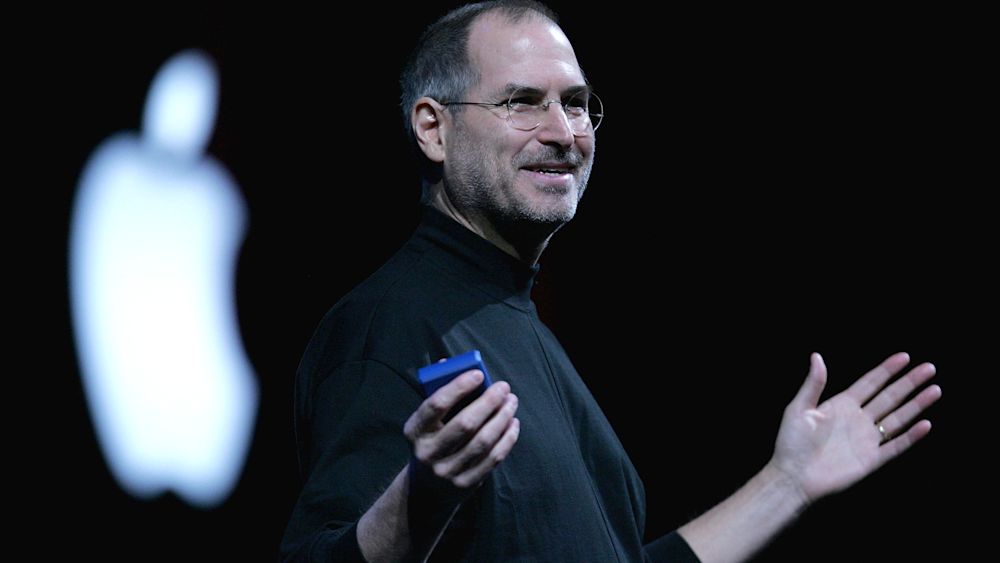
Apple’s meteoric rise to a household name has given it an elite status of being one of the most successful businesses to emerge from the 20th century.
Its products are ubiquitous throughout the tech-using world, and its scrappy startup origins are well-known in our collective pop culture memory bank.
Like any successful business, looking at the early decisions made at Apple gives a powerful lesson on how to map the early trajectory of your organization. Students, engineers, entrepreneurs, tech enthusiasts and historians have all poured over the details of Apple’s humble garage beginnings.
Because of its widespread success and enthusiasm from fans, most of Apple’s early history has been well-documented and even glorified in Hollywood films. But when it comes to the exact order of the first hires, the computer company took a more liberal approach.
According to early employee Chris Espinosa, Apple’s first CEO Michael Scott was tasked with giving out employee numbers in 1977 to help make life easier for payroll. There didn’t seem to be any rhyme or reason to the order outside of the two founders. Scott, for example, is employee number seven in reference to James Bond—007.
Here are some of the earliest employees to work for Apple (then known as Apple Computer Inc.) and where they are now.
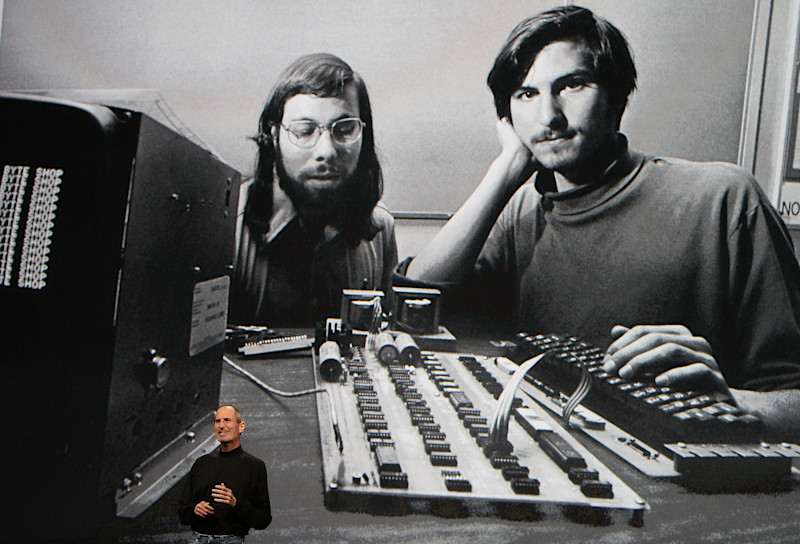
Steve Jobs - Founder and former CEO
Jobs is best known for starting Apple in his garage in Los Altos, California in 1976 as a computer technology company. The company was launched on April Fools Day and went public in 1980, making Jobs a multi-millionaire. The Apple I, II and Macintosh computers completely revolutionized personal computing and the Apple II became the first mass-marketed personal computer in the world.
In the earliest days of Apple, Jobs worked as a skilled marketer and entrepreneur to get his business off the ground, while an impressive technical team worked to create hardware that would shape the next several generations.
Jobs worked in product development at Apple until 1985, when he was ousted after a power struggle between himself and then-CEO John Sculley. He went on to start his own rival computer company called NeXT and later purchased and served as the CEO of Pixar Animation Studios, overseeing the production of Toy Story. He returned to Apple in 1996 as an advisor and eventually became CEO and Chairman until his resignation in 2011.
Steve Wozniak - Co-founder and technical lead of Apple I and II
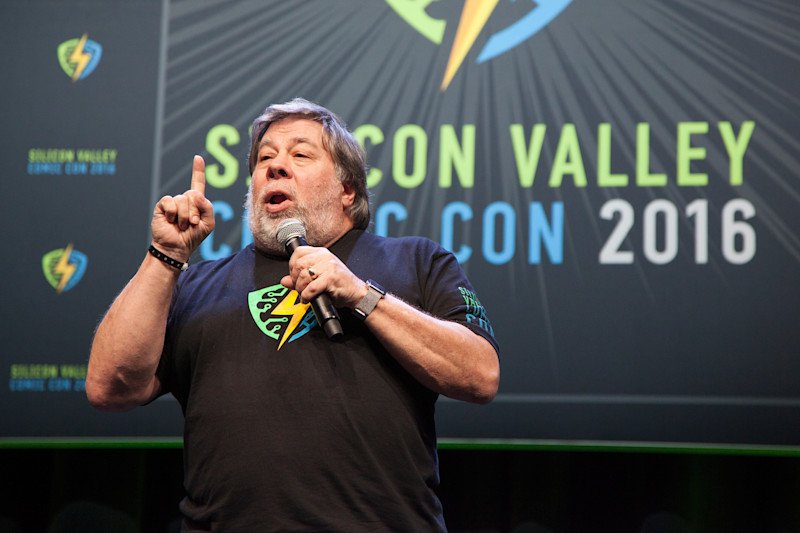
The other Steve who helped found Apple almost didn’t join. Steve Wozniak—or ”Woz” as he’s affectionately known today—had another job offer at HP in Oregon. He ultimately decided to join Jobs in 1976 and was the technical lead and designer of the Apple I, the world’s first personal computer.
Woz left the company in 1985 over dissatisfaction over how the Apple II division was treated, the same year Jobs left amid clashes with then-CEO Sculley. He started his own business, a short-lived remote control company called CL 9 that shut down in 1988. Ever since, he’s made regular appearances in Silicon Valley, giving interviews and speeches and is still listed as an official employee of Apple today.
Mark Markkula - Early investor
Mark Markkula was an early Apple investor who put in $250,000 of his own money. As an early Intel employee, he had become a millionaire by the time he was 30. His stake in Apple was said to be less than 10% of his total worth at the time.
More than just a money man, Markkula was instrumental in developing the company’s business plan, hiring Scott as the first CEO and managing the company. He left in 1997, after Jobs returned to Apple.
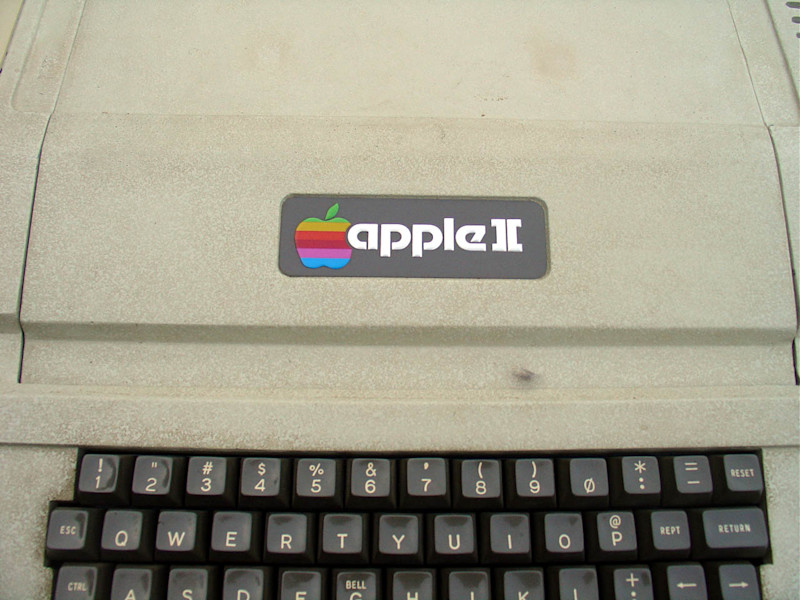
Bill Fernandez - Technical engineer on the Apple I and II
Fernandez was the first official employee to start at Apple, right after its founding. He was the technical lead on the Apple I, II and Disk II. While his first position at Apple was in hardware, Fernandez bounced around to work for software and eventually user interface design.
Fernandez met the Steves at Homestead High School in Cupertino, California and joined the company in 1976. He stayed with Apple until 1993, when he left to work at Ingres, a database company. He previously led as CEO of surgical robotics firm Omnibotics until 2016 and currently runs his own design firm.
Rod Holt - Apple’s first chief engineer
Rod Holt joined Apple in 1977 as chief engineer. He was instrumental in the development and design of the Apple II. Jobs found Holt after asking his former boss at Atari for recommendations. Originally skeptical of joining, Holt eventually came onto the team and is credited for creating the switching power supply that allowed Apple computer’s to be so lightweight compared to other computers of that era.
Holt stayed with the company for six years but claims he was pushed out of the company once there was new management in the early 1980s.
Honorable mention: Chris Espinosa - Longest serving Apple employee
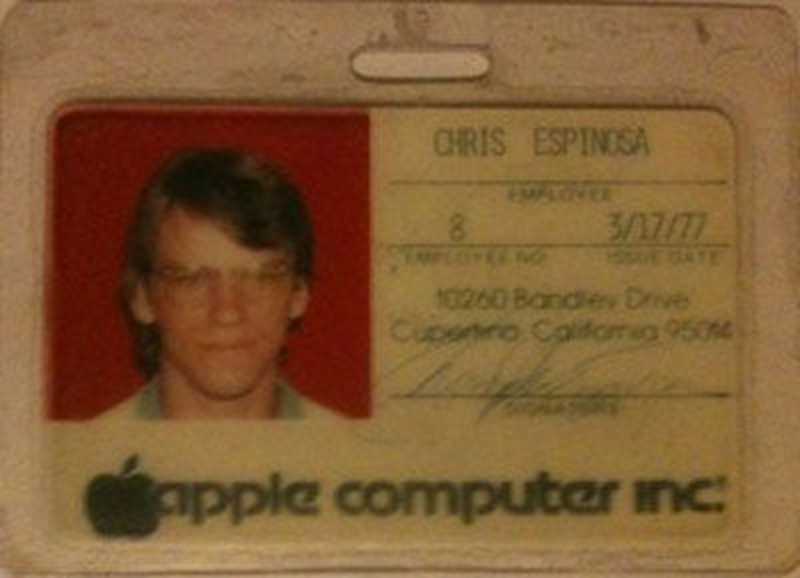
Espinosa holds the title for longest serving employee at Apple. He joined the computer company at just 14 in 1976, while he was a freshman in high school, and still works with the company today. He began by writing BASIC programming language and other demo language in Jobs’s garage.
While technically marked as employee number eight by Scott, Espinsosa had been working in a semi-official capacity for Apple since 1976, and was there when it was incorporated in January 1977. He contests that the day Scott was handing out numbers, he was at school.
Create your own free org chart today!
Show off your great team with a public org chart. Build a culture of recognition, get more exposure, attract new customers, and highlight existing talent to attract more great talent. Click here to get started for free today.

